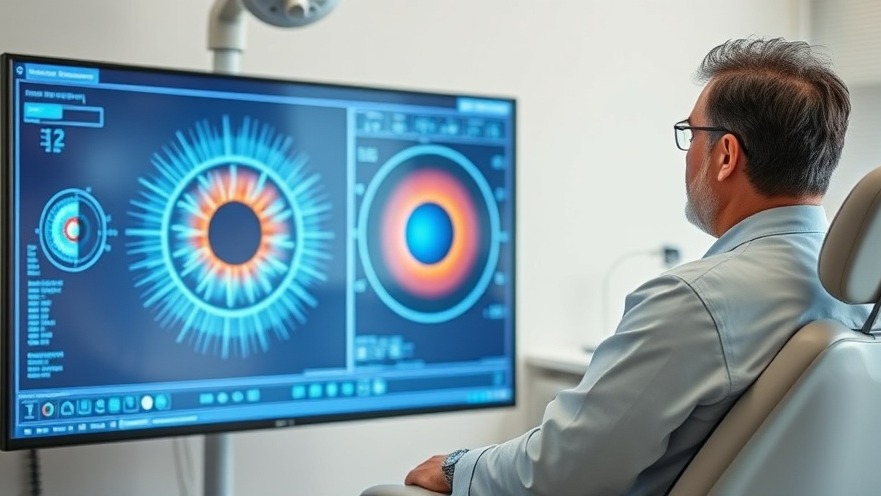
Unlocking the Future of Refractive Surgery with Simulation Technology
Imagine being able to predict how well a patient will see after laser vision correction before they even step into the operating room. Thanks to groundbreaking simulation software designed to create a virtual eye, this dream is becoming a reality. At the recent American Society of Cataract and Refractive Surgery meeting in Los Angeles, Dr. William J. Dupps Jr. unveiled how this innovative technology could transform the traditional approach to refractive surgery.
The Need for Change in Surgical Planning
Currently, the surgical planning for refractive procedures tends to be retrospective and based on population data. This method lacks personalization as it often overlooks the unique characteristics of the individual patient’s eye. Dr. Dupps emphasized that a new paradigm is essential—one that is prospective, deterministic, and tailored to the specific needs of each patient.
Introducing the 'Digital Twin'
Through advanced computational modeling techniques known as the finite element method, doctors can create what’s described as a "digital twin" of a patient’s eye. This involves using detailed tomography to capture the 3D geometry of the cornea, which is then augmented with the patient's demographic details, axial eye length, and other crucial parameters to construct a complete eye model.
Simulating Successful Surgeries
Once this model is established, healthcare professionals can simulate different surgical procedures such as LASIK or PRK. This not only allows for better pre-operative planning but also enhances the patients’ understanding and expectations of their surgeries. By conducting these simulations, doctors can personalize treatment plans and increase the likelihood of excellent surgical outcomes.
Benefits for Concierge Medical Practices
For concierge medical practice owners, implementing this type of technology can be a game-changer. Potential patients are likely to seek out clinics that utilize the latest, most effective technologies for eye care. By adopting virtual eye simulation software, concierge practices can significantly differentiate themselves from competitors, providing comprehensive, individualized care that fosters deeper, trusting relationships with patients.
Actionable Insights for Business Growth
As you integrate these innovations into your practice, consider promoting your new capabilities through personalized marketing channels. Sharing success stories about improved patient outcomes due to these simulations can attract more patients. Furthermore, for existing patients, engaging them with workshops or informational sessions about the technology can enhance their experience and loyalty to your practice.
Staying Ahead of the Curve
The integration of virtual eye simulation software is just one way the medical field is evolving. Staying informed about trends in technology can help your concierge practice provide top-tier service. Focusing on innovative solutions not only meets patient expectations but also provides an opportunity for your practice to thrive in a competitive market.
In a time when healthcare is rapidly evolving, making informed decisions about the technologies you adopt could define your practice's future. As you explore incorporating advanced technologies, remain committed to the core value of concierge medicine: personalized, high-quality care.
Investing in these tools can be a significant step in solidifying your practice’s reputation as a leader in patient-centric care.
 Add Row
Add Row  Add
Add 




Write A Comment